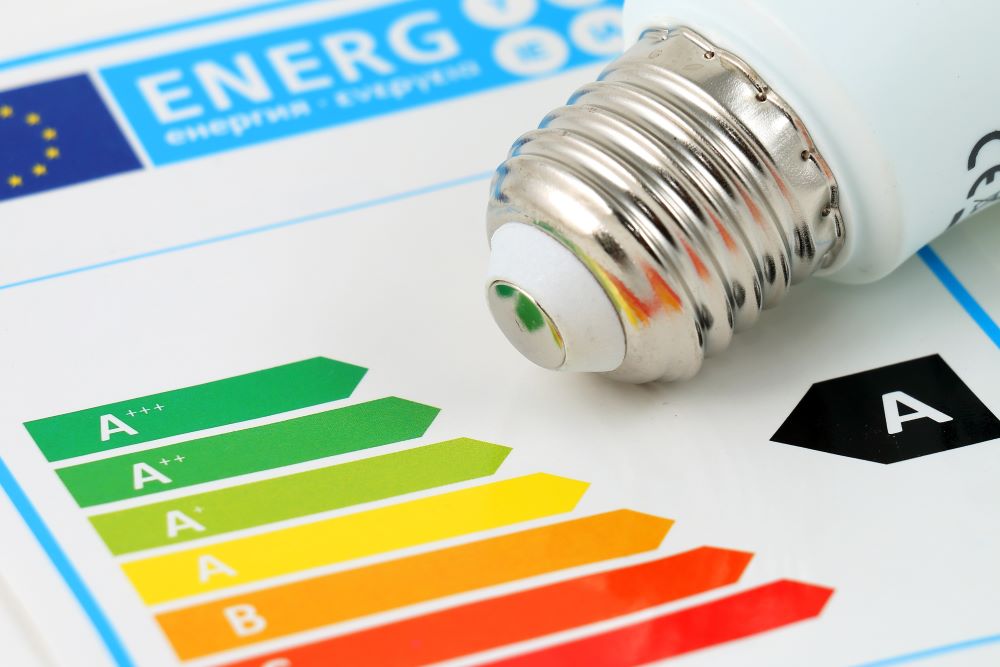Energy Efficient Home Credit Extended

Angela Lawrence, Paraprofessional at Klatzkin, contributed to this post.
The Energy Efficient Home Credit was established by the Energy Policy Act of 2005 to allow eligible contractors to claim a $2,000 tax credit for each newly constructed or significantly reconstructed energy-efficient qualifying residence. The tax credit (Section 45L of the Internal Revenue Code) was set to expire at the end of 2020 but was extended by the Consolidated Appropriations Act of 2021 to include residences sold or leased on or before December 31, 2021. The credit can be retroactively taken up to three years.
Who can claim the tax credit?
Eligible taxpayers that have built a qualified energy-efficient home (or reconstructed/rehabilitated an energy-efficient home) and owned and had a basis in the house during the construction. In addition, the home must be located in the United States, meet specific energy-saving requirements, and be sold or leased on or before December 31, 2021, for use as a residence.
What types of housing qualify for the credit?
Single-family homes, townhouses, apartments, condos, assisted living homes, and student housing, as long as they are not more than three stories above grade in height.
What are the energy-saving requirements that the dwelling must meet?
The residence must have an annual level of heating and cooling energy consumption at least 50% below that of a “comparable dwelling unit” and have building envelope component improvements that account for at least 10% of that reduction in energy consumption over a comparable residence. A “comparable dwelling unit” is constructed following the standards of Chapter 4 of the 2006 International Energy Conservation Code in effect on January 1, 2006, and has heating and cooling devices that reach certain performance factors.
The taxpayer must obtain a certification from a qualified independent certifier that the residence meets the specific energy efficiency requirements outlined above before claiming the credit.
This generally requires a site visit from the certifier to confirm that all home heating and cooling energy features comply with the specifications.
Contact Us
If you have questions about the information outlined above or would like to learn more about how Klatzkin can help with another tax-related issue, click here to contact us. We look forward to speaking with you soon.
©2022 Klatzkin & Company LLP. The above represents our best understanding and interpretation of the material covered as of this post’s date. The content is provided for informational purposes only and does not constitute accounting, tax, or financial advice. Please consult your advisor concerning your specific situation.
